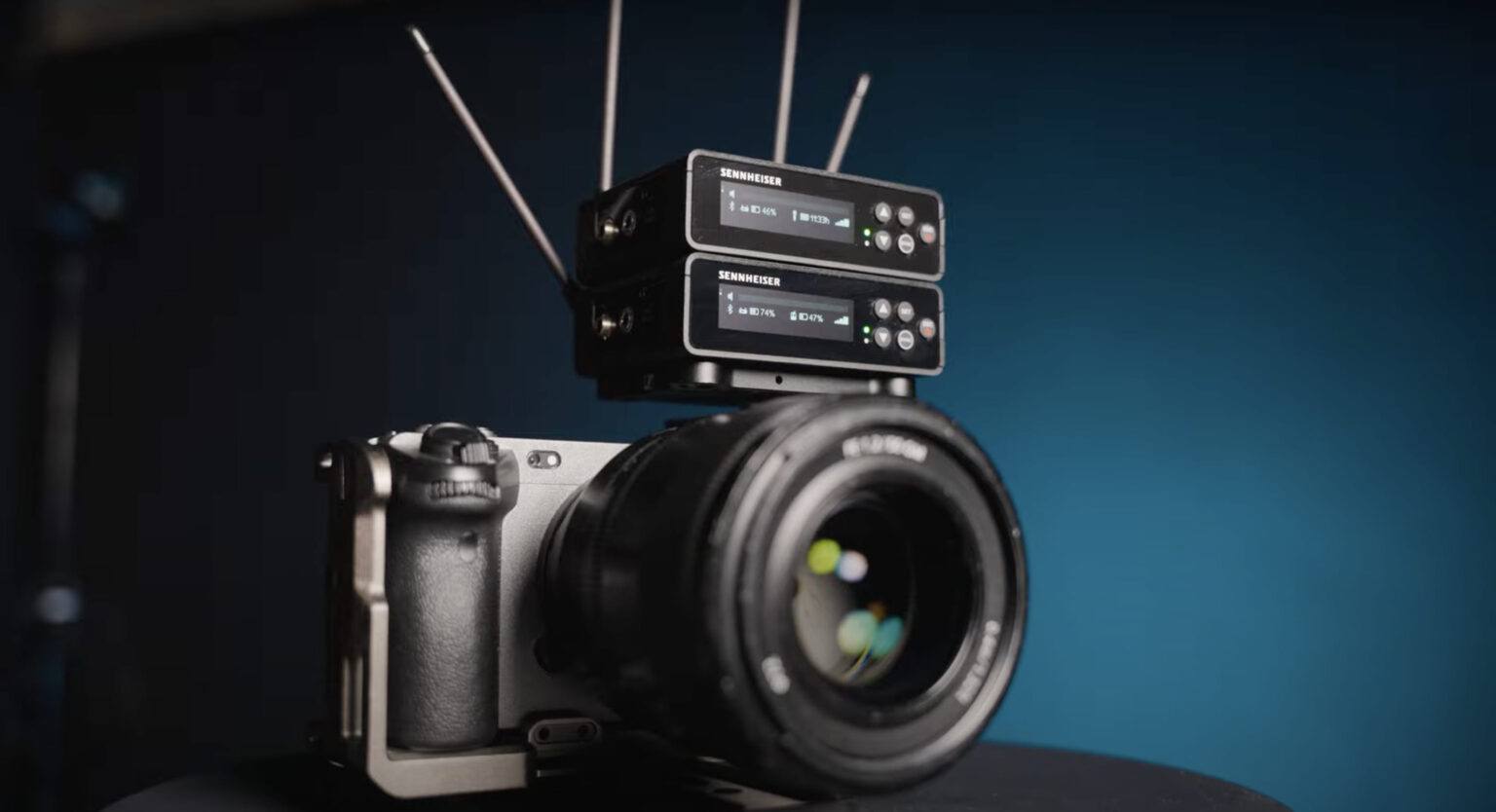Sennheiser’s wireless UHF systems have consistently set the industry standard, renowned for their exceptional audio quality and performance in frequency-saturated environments. With the launch of the new Sennheiser EW-DP G5 system, priced at $699, it’s time to explore the innovations and see if it’s worth the upgrade from older models like the G3.
The Advantage of Digital UHF
Understanding Wireless Audio Standards
Wireless audio systems typically fall into three categories: 2.4 GHz, DECT, and UHF.
- 2.4 GHz Systems: Popular among digital creators and influencers, these systems, including the DJI Mic 2, Rode Wireless Pro, and Hollyland Lark M2, are affordable and compact. However, they are susceptible to interference from WiFi, Bluetooth, and other 2.4 GHz devices, which can be problematic in crowded areas.
- DECT Systems: Systems like the Sennheiser AVX ($763) offer excellent performance with minimal interference, making them ideal for trade shows and other busy environments. However, they provide limited control over settings, functioning more as plug-and-play solutions.
- UHF Systems: These offer minimal interference like DECT but provide greater control over settings. The main drawback is the need for technical knowledge to optimize performance and the requirement for geo-specific kits due to varying UHF bands across countries.
Introducing the Sennheiser EW-DP G5
A Hybrid Approach
The EW-DP G5 system combines the best of both worlds: the reliability and flexibility of UHF with the simplicity of digital pairing. The basic kit includes a microphone and a receiver, with options for lavalier/bodypack or reporter microphones.
The EW-DP EK Receiver
The core of the system is the EW-DP EK receiver, which is more robust and boxy compared to the G3/G4 models. This design is practical for production environments and packing. It features a standard 2.5mm headset port and a mic out, along with Sennheiser’s signature blue cable.
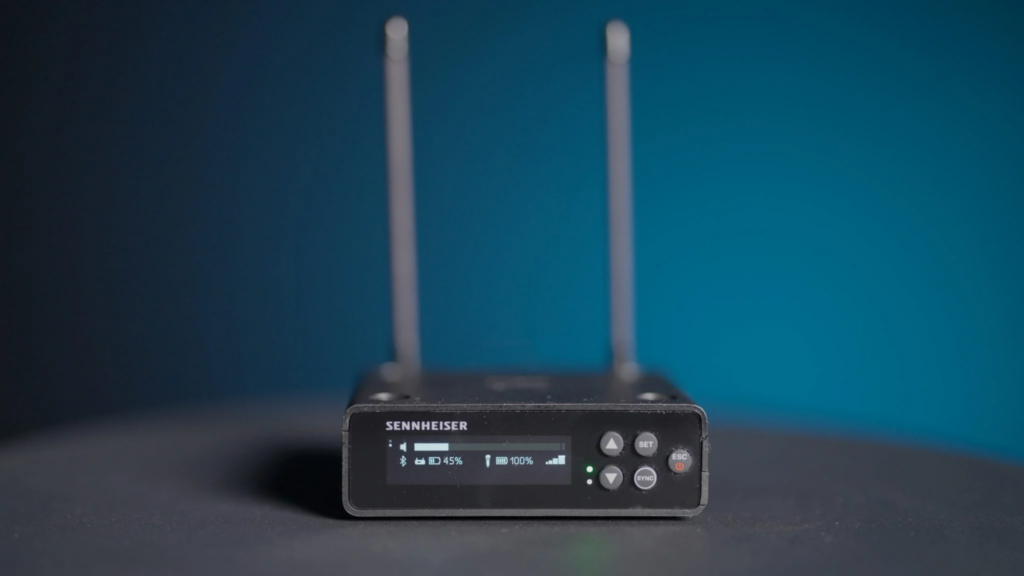
Versatile Mounting Options
The G5 receiver offers versatile mounting options, including a standard 1/4-20 thread, a belt/sound bag clip, and a magnetic connection that allows stacking receivers or attaching them to a dedicated plate. This flexibility is particularly useful for multi-channel recording setups, though the added height from stacking may be an issue for some setups, such as on gimbals.

Enhanced Features and Controls
Intuitive Menu System
The receiver’s menu system is user-friendly, featuring a bright, readable screen that displays controls for both radio and audio settings. Users can auto-scan for the best frequency or manually select channels. Audio controls include gain, output
level, headphone volume, and mute options. A notable feature is the warning light that alerts users to issues like clipping, low battery, or a muted microphone.
The EW-D SK Transmitter
The EW-D SK transmitter stands out with its simplified design, eliminating the display in favor of full control via the receiver. This change ensures that only the audio monitor handles settings, preventing accidental adjustments by the talent. The transmitter features a 3.5mm screw-lock TRS socket, a mute switch, and a sync button, with the power button safely located under the battery door to avoid unintentional shutdowns. The transmitter also includes a standard metal clip for easy belt attachment.
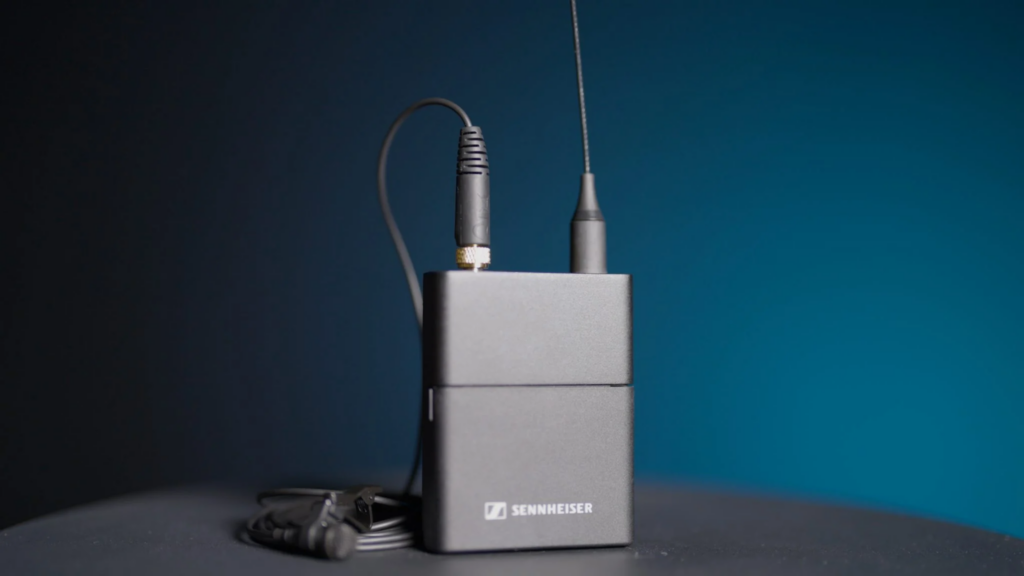
The EW-D SKM-S Handheld Transmitter
The EW-D SKM-S is a dynamic reporter-style mic, equipped with the versatile Sennheiser MMD 835 capsule ($99), which can be swapped for other Sennheiser capsules to suit different polar patterns and sound signatures.
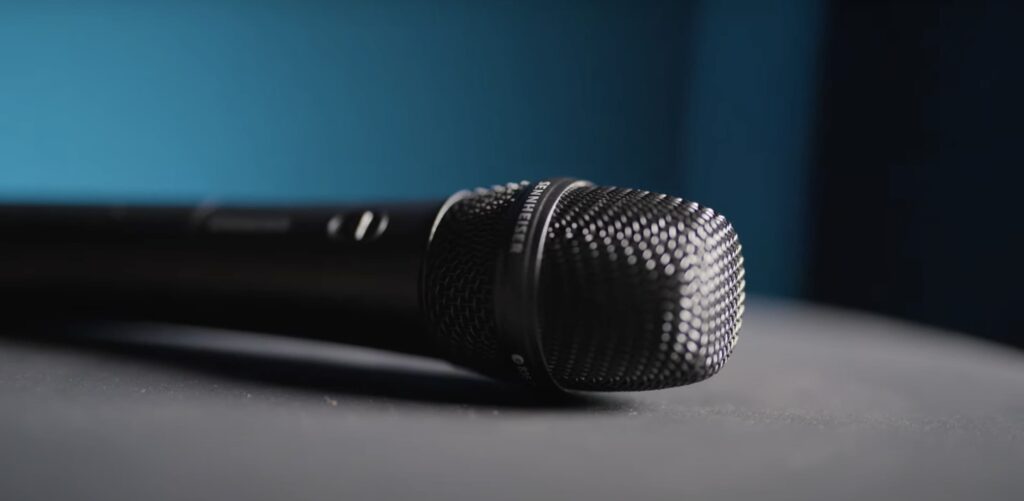
Superior Audio Quality
Sennheiser’s MMD 835 and ME2 lavalier ($129) microphones deliver natural, clear sound, maintaining a design that has stood the test of time. The system boasts a dynamic range of 134 dB, minimizing the need for frequent adjustments and ensuring robust performance even under challenging conditions. Tests confirmed the system’s resilience, maintaining solid audio up to 90 meters with a direct line-of-sight between transmitter and receiver.
New Battery System
The EW-DP G5 introduces the Sennheiser BA-70 rechargeable battery ($49), compatible with all devices in the system. For those who prefer alternatives, the system can also operate on two AA batteries or via USB-C power. Sennheiser offers various charging solutions, from the simple L-70 two-bay charger ($59) to the more extensive LM-6070 module ($129) for the L-6000 charging station ($1099).
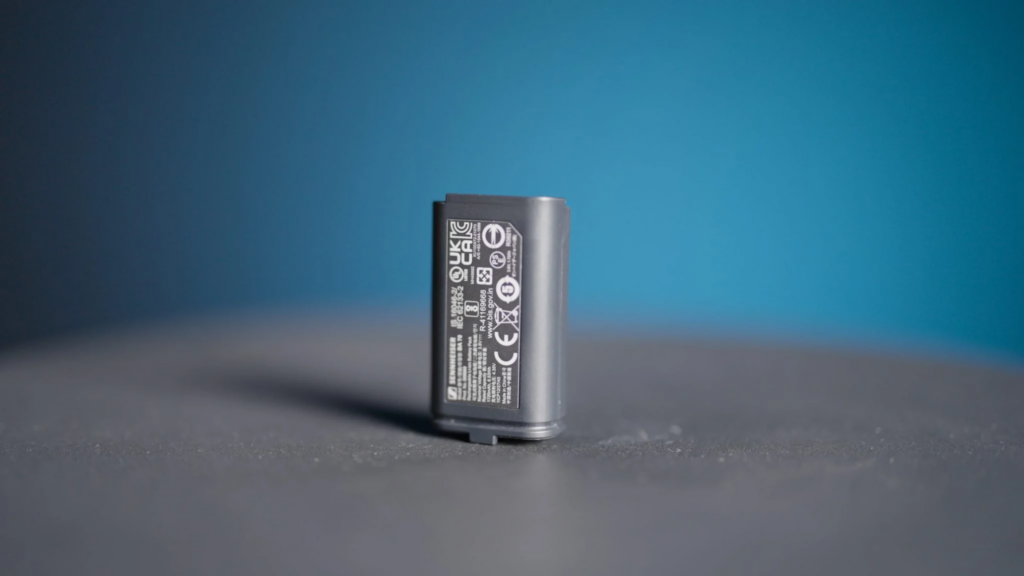
Effortless Pairing and Remote Control
The new pairing process is remarkably simple, involving just a button press on both the transmitter and receiver, syncing within seconds. The Sennheiser EW-D Smart Assist app further enhances usability, allowing remote control of settings, muting, gain adjustments, and frequency allocation. The app also facilitates software updates, making system management more convenient.

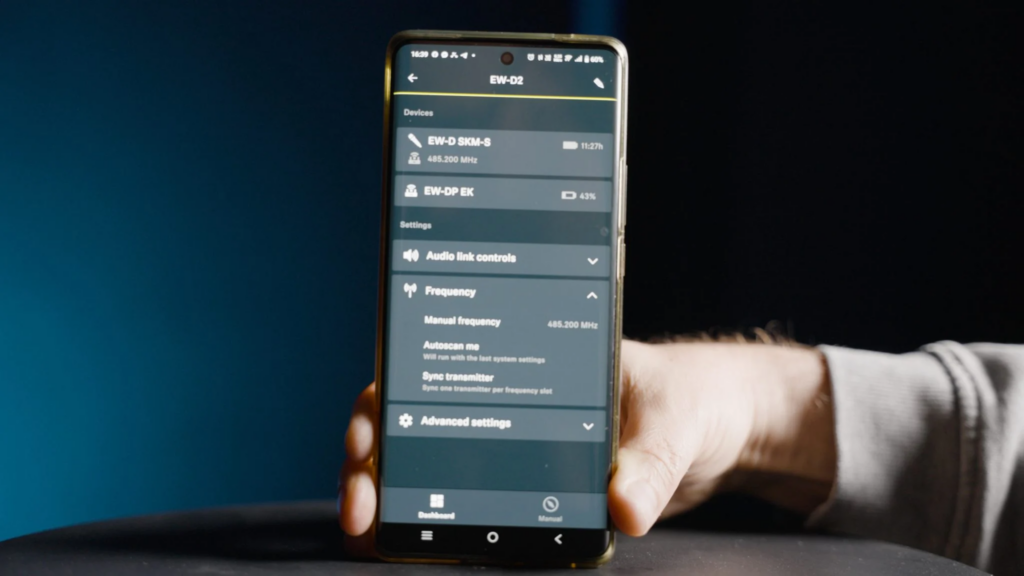
Specifications
- Audio Link Frequency Ranges: Various bands including Q1-6 (470.2-526 MHz) and others.
- Bluetooth LE Frequency Range: 2404-2480 MHz.
- Audio Frequency Response: 20 Hz – 20 kHz (-3dB) @ 3dBfs.
- Audio THD: ≤ -60 dB for 1kHz @ -3 dBfs input level.
- Dynamic Range: 134 dB.
- System Latency: 1.9ms.
- Operating Temperature: -10ºC – +55ºC (14ºF – 131ºF).
- Relative Humidity: 5-95% (non-condensing).
Conclusion
The Sennheiser EW-DP G5 system impresses with its high dynamic range, Digital UHF flexibility, and innovative magnetic system. These features make it a highly adaptable solution for various recording environments. For users of older models like the G3, the decision to upgrade is straightforward. However, the AVX system remains a valuable tool for situations requiring strict UHF licensing. The EW-DP G5, available in multiple bundles starting at $699, offers an advanced and versatile audio solution tailored to meet modern production needs.

